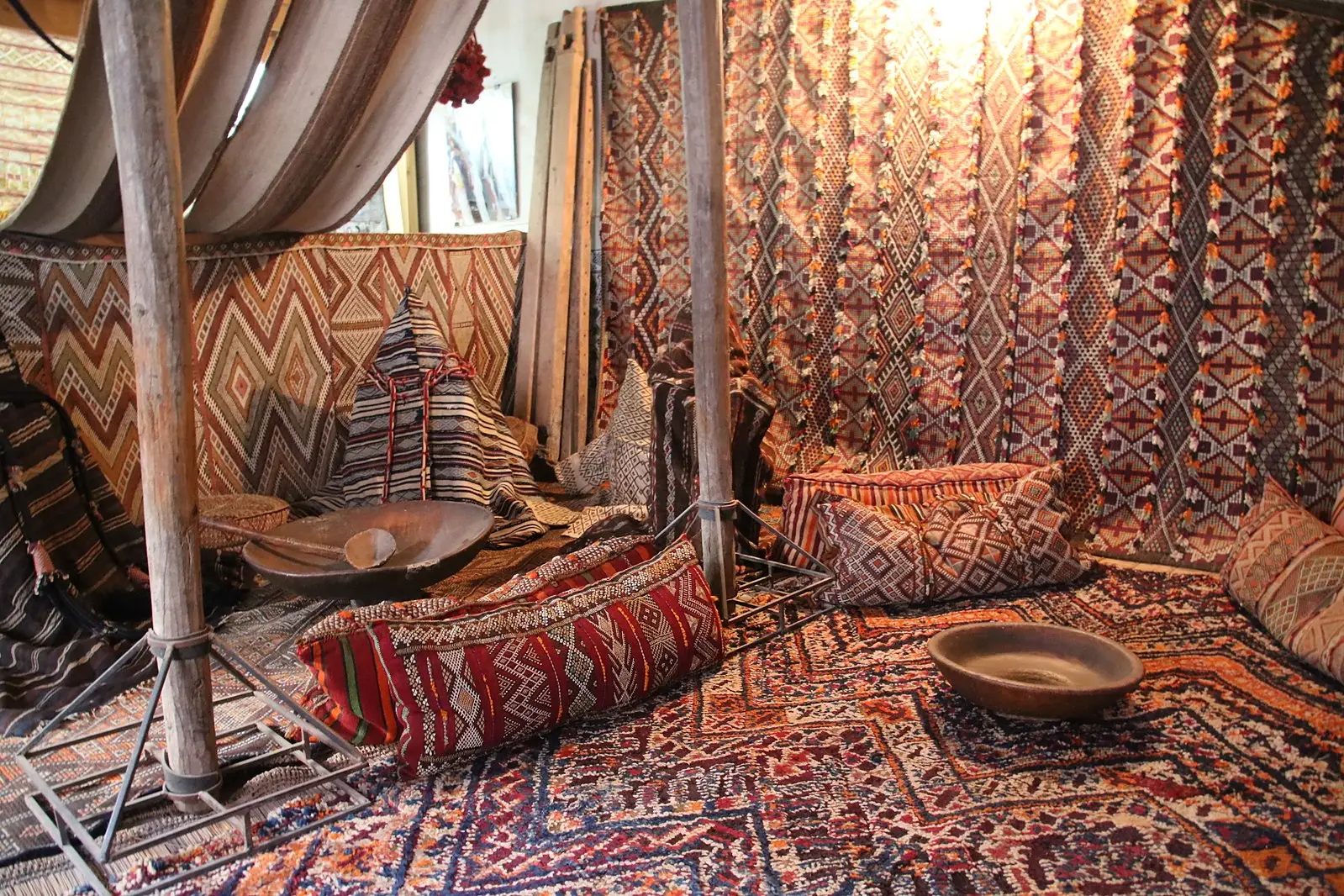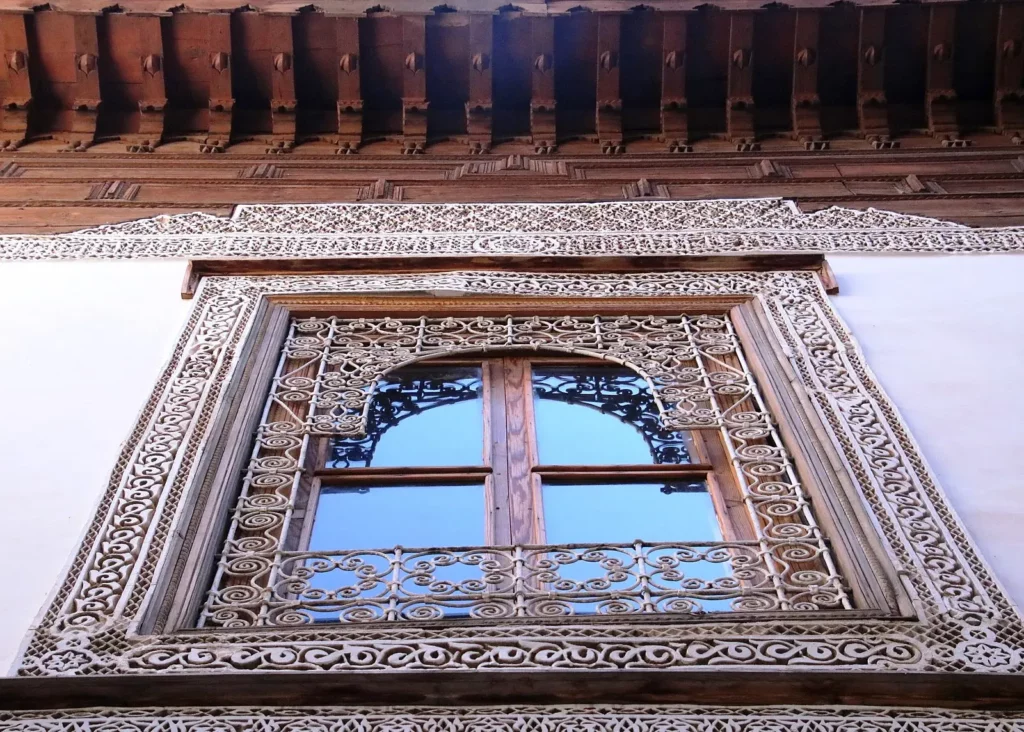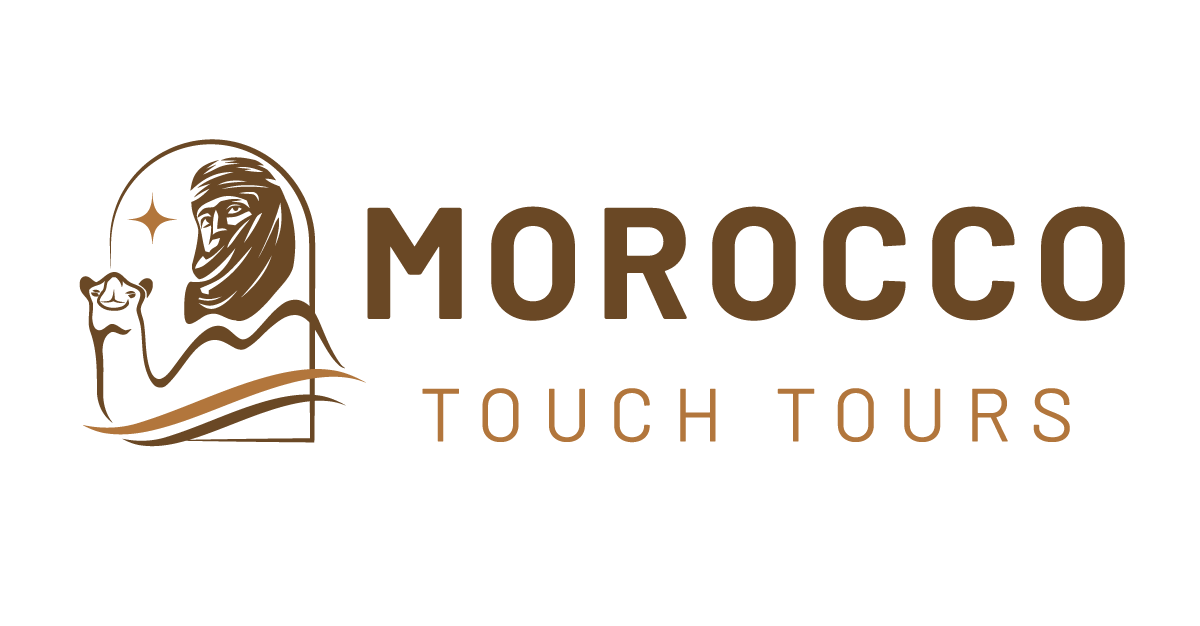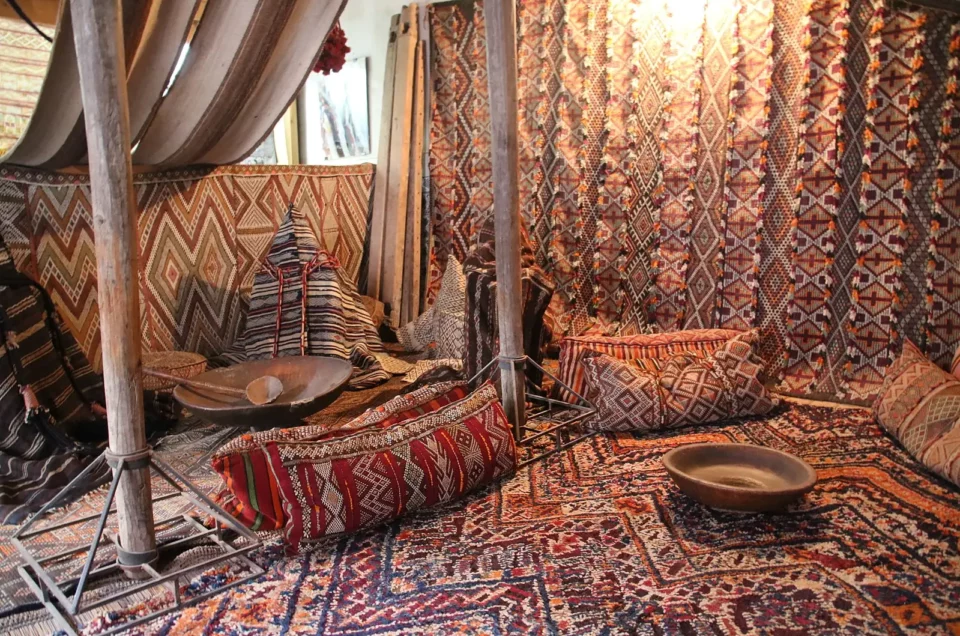Maison Tiskiwin, also known as the Tiskiwin Museum, is a private museum in Marrakech that showcases the rich and diverse cultural heritage of Morocco and its neighboring regions. Founded by Bert Flint, a Dutch art historian and collector, the museum displays his personal collection of artifacts, textiles, jewelry, weapons, musical instruments, and more. The museum is housed in a traditional riad, a Moroccan house with an interior courtyard, that dates back to the 19th century. The museum is located in the medina, the old city of Marrakech, near the Bahia Palace and the Dar Si Said Museum.

Unveiling Marrakech’s Best-Kept Secret: The Tiskiwin Museum
Marrakech’s Historical Treasure
The city of Marrakech, often viewed as a vibrant, bustling hub of Morocco, holds a secret treasure – The Bert Flint Tiskiwin Museum. A testament to the rich history and diverse cultures of North and West Africa, this private museum stands as an embodiment of Flint’s deep appreciation and understanding of the Sahara and its surrounding regions.
An Explorer’s Legacy
Bert Flint, a Dutch anthropologist, took a deep dive into the cultural tapestry of the African continent, leading to the creation of this hidden gem. Housed in a traditional Moroccan Riad, the museum curates an impressive collection of artefacts from Flint’s extensive travels.
Delving Deeper into the Museum’s Offerings
A Journey Through Time and Space
The Tiskiwin Museum offers visitors a captivating journey, spanning from the Atlas Mountains to the southern Saharan regions. The exhibits, painstakingly arranged, tell tales of ancient trade routes, nomadic lifestyles, and the indomitable spirit of the Saharan tribes.
The Collection’s Highlights
Rare carpets, exquisite textiles, intricate jewelry, and detailed beadworks – the artefacts speak volumes of the craftsmanship of bygone eras. The Berber, Tuareg, and Saharan artefacts all tell stories of the region’s age-old customs and traditions.

What to Expect at Maison Tiskiwin
Maison Tiskiwin is not a typical museum that exhibits objects in a chronological or thematic order. Instead, it takes you on a journey along the ancient trade routes that connected Morocco with sub-Saharan Africa and the Sahara desert.
The museum is divided into eight rooms, each representing a different region or cultural group, such as the Berbers, the Tuaregs, the Sahrawis, and the Bambara.
Each room is decorated with authentic furniture, carpets, and wall hangings that create an immersive atmosphere. You can admire the exquisite craftsmanship and diversity of the items on display, such as leather bags, wooden masks, silver daggers, camel saddles, and pottery.
As you explore the museum, you will also learn about the history, geography, and traditions of each region through informative panels and audio guides.
You will discover how the people adapted to their environment, how they expressed their identity and beliefs through their art and clothing, and how they interacted with other cultures through trade and exchange.
You will also get a glimpse of the personal life and passion of Bert Flint, who collected these items over decades of traveling and living in Morocco. He donated his collection to the Moroccan state in 1996 and still lives in the museum as its curator.

How to Plan Your Visit to Maison Tiskiwin
Maison Tiskiwin is open every day from 9:30 am to 6 pm, except on Sundays and public holidays. The entrance fee is 20 dirhams (about 2 euros) for adults and 10 dirhams (about 1 euro) for children under 12 years old.
You can also rent an audio guide for an additional 10 dirhams (about 1 euro) or hire a guide for 50 dirhams (about 5 euros) per hour.
The museum has a small gift shop where you can buy souvenirs such as books, postcards, and handicrafts. The museum does not have a cafeteria or a restaurant, but there are plenty of options nearby in the medina.
To get to Maison Tiskiwin from the city center, you can take a taxi or walk for about 20 minutes. The museum is located on Rue de la Bahia, which is parallel to Rue Riad Zitoun el Jdid. You can also take bus number 1 or 2 from Jemaa el-Fnaa square and get off at Bab Mellah stop. The museum is about 5 minutes walk from there.
Tips for Enjoying Your Visit to Maison Tiskiwin
- Maison Tiskiwin is not a very large museum, but it is full of fascinating details and stories. You can spend anywhere from half an hour to two hours there, depending on your interest and pace.
- The museum is not very crowded or noisy, which makes it a perfect place to escape from the hustle and bustle of Marrakech. However, it can get hot inside during the summer months, so make sure to bring some water and wear comfortable clothes.
- The museum is suitable for visitors of all ages and backgrounds. It is especially recommended for those who are interested in learning more about Moroccan culture and history beyond the stereotypes and clichés.
- The museum is wheelchair accessible and has a ramp at the entrance. However, some rooms have steps or narrow passages that might be difficult to navigate for people with mobility issues.
- The museum does not allow photography or video recording inside. However, you can take pictures outside in the courtyard or on the rooftop terrace, which offers a beautiful view of Marrakech.
Maison Tiskiwin is a hidden gem in Marrakech that offers a unique and enriching experience for visitors who want to discover the hidden treasures of Moroccan culture. It is a must-see for anyone who loves art, history, and diversity. Don’t miss this opportunity to travel through time and space at Maison Tiskiwin!

